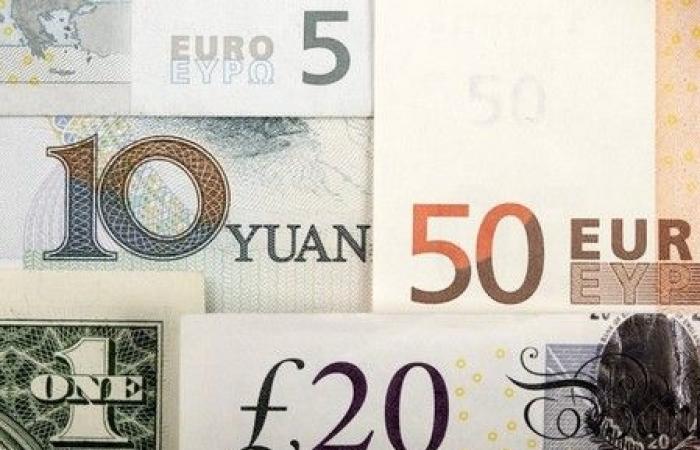The dollar has been supported by rising U.S. yields, and the blowtorch hit low-yielding currencies such as the Chinese yuan and the Japanese yen on Tuesday, which has been stuck at its lowest levels since 1986.
Benchmark 10-year Treasury yields rose nearly 14 basis points to 4.479% overnight, with analysts attributing the move to expectations of Donald Trump’s victory as U.S. president and rising tariffs and government borrowing. The yield was at 4.443% in Asian hours on Tuesday.
While the dollar rose, the euro gave up part of a small rally as the first round of French elections turned out more or less in line with polls. The single currency fell 0.11% to $1.07287.
“Trump’s better performance (in the debate) compared to President Joe Biden has raised expectations that inflation could pick up pace, yield curves could steepen further and the USD could continue to trade at a premium,” said Christopher Wong, currency strategist at OCBC.
The yen fell to 161.745 per dollar on Tuesday, its weakest in nearly 38 years, extending a slide driven mainly by the wide gap in interest rates between the United States and Japan.
Japan’s finance minister said Tuesday that authorities are watching for sharp movements in the currency market, but gave no clear warning of intervention.
The yen also fell on crosses as yen bears feared that the dollar/yen pair was at risk of intervention by Japanese authorities.
Against the euro, the yen hit a record low of 173.67 on Monday and remained just below that level on Tuesday, while against the Australian dollar, the yen approached a 33-year low as the carry trade remained attractive.
“All eyes are now on Friday night’s U.S. nonfarm payrolls report, with Japanese currency officials desperately hoping it will show signs of a sharp cooling in the labor market to help ease the pressure on themselves and the battered yen,” said Tony Sycamore, market analyst at IG.
In terms of bonds, the gap between US and Japanese 10-year rates was 340 basis points and nearly 440 basis points for two-year rates.
The Chinese yuan, which hit a seven-month low against the dollar last week and has barely budged since, faces similar pressure, with 10-year U.S. yields more than 220 basis points higher than Chinese government bond yields.
Strong manufacturing data from China and the central bank’s announcement that it would borrow bonds – likely to sell them and stabilize falling yields, traders said – gave the currency only a brief boost on Monday.
It settled at 7.3043 in offshore trade on Tuesday, just shy of its June low. Its onshore counterpart was down 0.04% at 7.2712 to the dollar.
The dollar index, which measures the U.S. unit against six rivals, was at 105.93, with the spotlight on the day’s job openings data and comments from Federal Reserve Chairman Jerome Powell when he takes the stage at the ECB forum in Portugal.
The New Zealand dollar slipped 0.36% to $0.6053, testing support at its 200-day moving average. The pound fell 0.14% to $1.2633.
The Australian dollar fell 0.3% to $0.66405 as traders weighed in on central bank minutes, which showed plenty of discussion about whether policy was tight enough to ensure inflation slowed as desired.
Swap market pricing implies a one-in-three chance of a rate hike as early as next month.
“We know there’s been talk about it, the question is: what’s the trigger,” said Rob Carnell, an economist at ING. “We’d be inclined to see a hike at the August meeting.”






